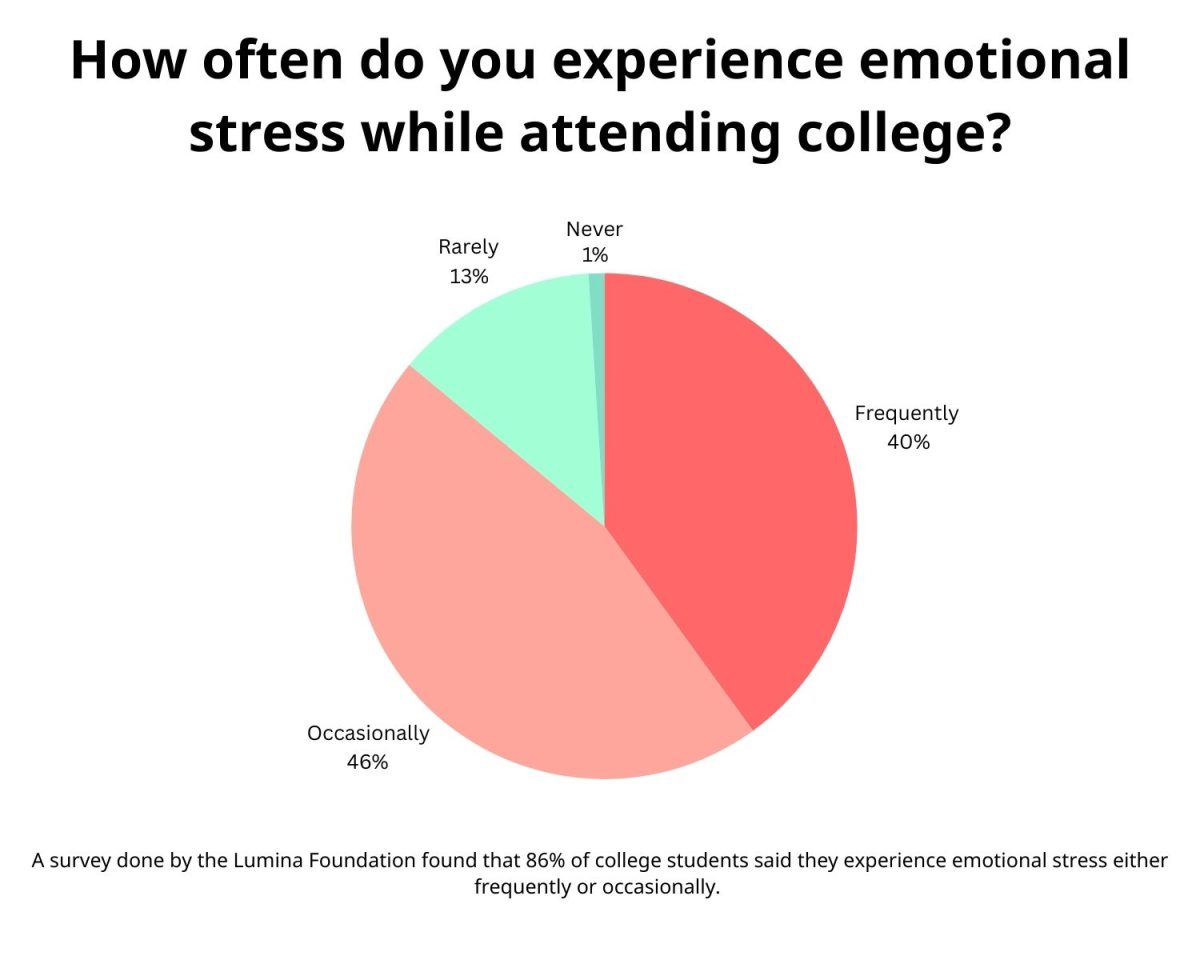More often than not, people assume that a good ‘ole fashioned spanking will take care of it a child acting out. Some of you may agree, or at least recall your parents, teachers or other childhood authority figures agreeing with corporal punishment as well. However, is it really that necessary? Do we know what is truly being inflicted when we practice corporal punishment?
Corporal punishment is the act of inflicting pain on an individual as a form of discipline. It is meant to show the punished individual the severity of the situation, correct inappropriate behavior and establish that the punisher is in charge. However, much of the time, misbehavior situations are not serious enough to involve physical force, the individual does not learn alternative behaviors and authority becomes solely equated with power to inflict physical pain.
While many authoritative figures feel as if they are eradicating the problem through corporal punishment, they are ultimately only doing so temporarily. Corporal punishment creates more long-term issues for the punished individual as they learn through violent examples.
According to the American Psychological Association, these forms of punishment can lead to the mentality in children that it is acceptable to “use physical violence to control behavior rather than rational persuasion, education and intelligent forms of both positive and negative reinforcement.”
These violent mentalities will only grow with a person and can potentially become more problematic later on if they transition into bullying or involvement with abusive relationships. While corporal punishment at home may seem like a personal issue, it is practiced throughout America and sometimes in schools. When corporal punishment is an option for authority figures in educational settings, the personal issue is also a public one.
According to the Global Initiative to End All Corporal Punishment of Children (GIEACPC), 19 states across America still permit corporal punishment. However, Mississippi, Texas, Alabama and Georgia alone account for roughly 60 percent of children “paddled” in public schools.
GIEACPC also provides research stating that “on average in the U.S., a child is physically punished in a public school every 30 seconds, and being black or disabled increases the likelihood of suffering violent punishment.”
In addition, a poll conducted by the Ipsos research firm found that in a “nationally representative sample of more than 4,000 adults in the USA, 68 percent agreed and 23 percent disagreed that “corporal punishment should be allowed at home, as long as it isn’t excessive.”
If you spoke with any authority figure who practices corporal punishment, whether it be in the home or in the classroom, they typically do not, or do not want to think, of their actions as abusive. However, there are many healthy and alternative ways to teach a child right and wrong that do not involve physical force. In recent years, these techniques have been more commonly applied and have resulted in positive outcomes. In light of these alternatives, I question the use for corporal punishment in a child’s development. I wonder, could all “spankings”, “whippings” and “beatings” classify as abusive?
As Professor Paulo Sergio Pinheiro, leader of the UN Secretary General’s Study on Violence against Children, asked, “Can anything be more anti-educational than deliberately using violence to discipline children?”
It is difficult to legally determine the subjective and a very fine line between whether corporal punishment is excessive or acceptable. Who determines whether a spanking is abuse? Who is allowed to practice corporal punishment and who should not be? These concerns should be more widely questioned and addressed in our culture. If corporal punishment continues to be implemented on our future generations, it will only create a threatening and cyclical effect.





